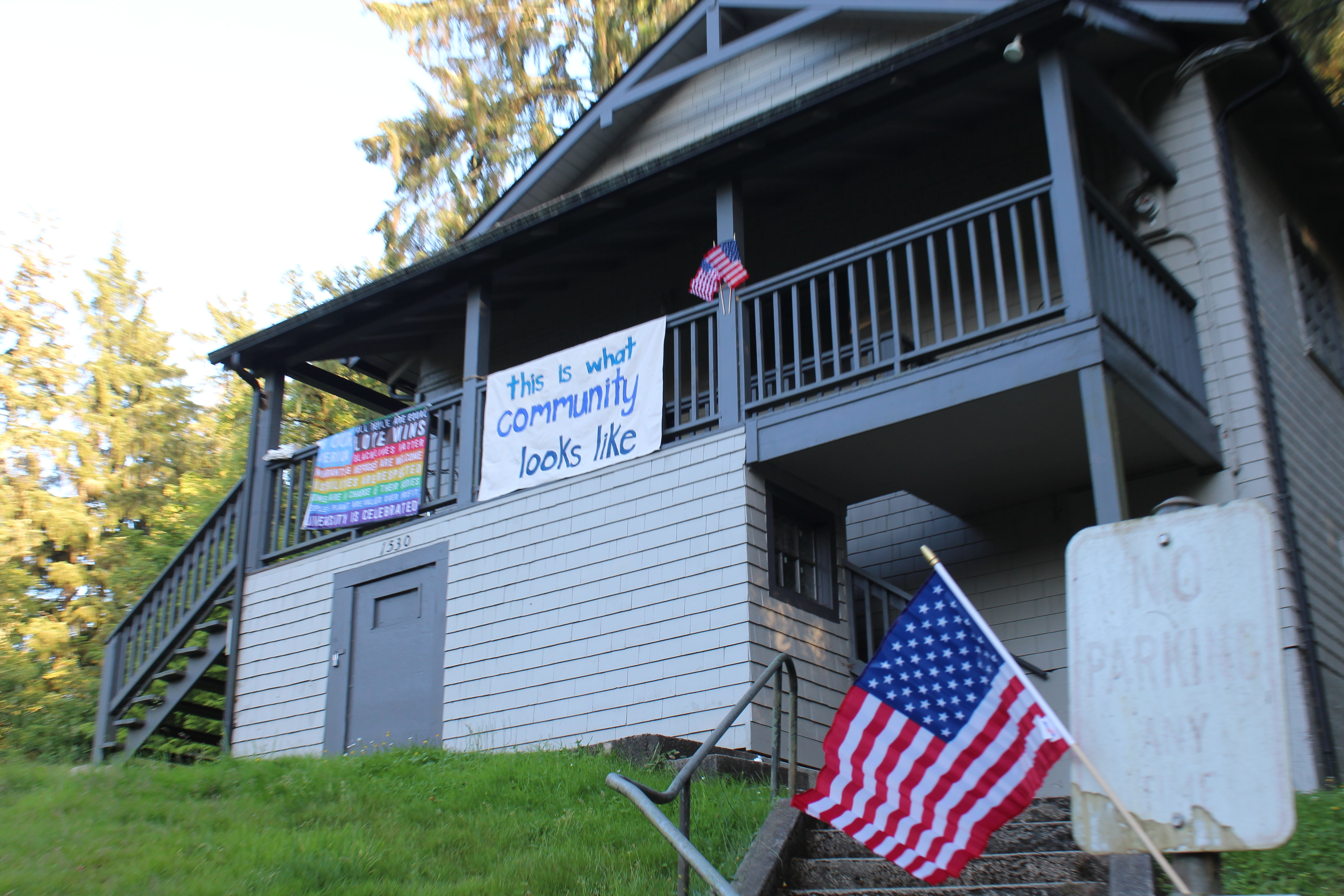Guest Column: New gun legislation falls short
Published 12:30 am Saturday, July 9, 2022

- Andre Stepankowsky
In the wake of the Buffalo, Uvalde and many other mass shootings, Congress labored mightily — and produced a mouse.
Trending
The new gun legislation is a milquetoast measure that will will do little to reverse a dramatic, two-decade increase in mass shootings.
It is just an attempt to mollify the public, the vast majority of which is hollering for more serious gun reform. The legislation is a political safety valve, an illusion for Republicans to appear to fight gun violence while maintaining peace with the gun lobby.
President Joe Biden signed the bill into law in late June. He and other gun control advocates grudgingly went along with it, saying something was better than nothing.
Trending
Well, maybe. The law does allow juvenile records to be considered in background checks for 18- to 21-year-old gun buyers. It encourages — but does not require — states to adopt “red flag” laws enabling judges to temporarily confiscate guns from people deemed dangerous. It closes the “boyfriend loophole” by expanding current law that bars domestic abusers from buying guns. It cracks down on “straw purchasers” — people who buy guns for those who would not qualify. And it authorities a paltry $300 million over five years for school safety.
But voters should not be fooled. This law falls far short.
It continues to allow 18- to 21-year olds to buy and possess semiautomatic weapons — despite the youth of recent mass shooters. There’s irony in this: They can’t buy a beer, yet they can buy guns that can kill or wound dozens of people in a minute. They can buy highly lethal weapons despite the medically proven fact that the part of their brains responsible for logical skills like planning and controlling impulses still is developing, making them more likely to engage in risky behaviors.
Note here that 74% of Americans support raising the minimum legal age to buy any gun to 21 years old, according to a Quinnipiac University Poll released early June.
The new legislation also does not restrict magazine capacity. Nor does it require universal background checks, as many gun safety advocates had sought.
Washington state — thankfully — already has adopted many of these more restrictive measures. But in Congress, GOP negotiators refused to go along with them, saying they infringe on the Second Amendment right of law-abiding citizens to bear arms.
What’s happening here is that a near-absolutist interpretation of the Second Amendment is preventing government from protecting the lives and safety of its citizens.
No right is absolute. Even the conservative U.S. Supreme Court noted in its famous 2008 Heller decision that some level of gun control is allowed. Unfortunately, the high court’s conservative majority is making our society more dangerous — as it did in June in striking down New York’s restrictions on carrying concealed firearms in public.
I support responsible gun ownership. But the court and Congress have surrendered to the radical gun culture, which makes arguments like that espoused recently by southwest Washington congressional candidate Joe Kent. Opposition to gun control “is 100% about keeping the government in check. The government is supposed to have a healthy fear of its citizens, and that’s why the Second Amendment exists,” he said.
Really? So we should arm citizens with machine guns, mortar launchers and other weapons of war so any nut case with a perceived grievance can wage combat against the government and terrorize its people?
The framers of our Constitution drafted at least partially in response to the Shays’ Rebellion of 1786-87. They were terrified of mob violence. Those who adhere to “originalist” legal theory — using the perceived meaning of the founders to interpret the Constitution — should remember this.
When America adopted our Constitution 233 years ago, a good rifleman could at best fire three rounds a minute. Semiautomatics can do that in seconds. Times and technology change, and the Constitution was not meant to be a straitjacket. It’s mythical to think otherwise.
The National Rifle Association and its devotees perpetuate many other myths in opposition to gun control.
One is that treating mentally ill people — who are far more likely to die from gun violence than to perpetrate it — will reduce shootings.
And two of the biggest myths: That restrictions like the 1994 assault weapons ban — which expired in 2004 — don’t stop gun violence and that guns make us safer.
This is a complex issue. Nevertheless, statistics show that the number of mass shootings dropped during that 10-year ban on assault weapons, and they have continued to dramatically increase after it expired.
American civilians own far more firearms per capita than any other nation — about 120 per 100 people — but our gun death rate is much higher than most other nations, particularly developed nations.
Recent polls find that about half of the nation — you can include me — believes that sales of AR-15 rifles and similar semiautomatic weapons should be banned. One could argue that handguns — which accounted for about 60% of 13,620 U.S. murders and manslaughter cases in 2020, according to the FBI — are a bigger problem than rifles, including semiautomatics. But tell that to the grieving families and friends of mass murder victims in Buffalo and Uvalde and too many other American cities.
Who really needs such weapons outside of the military or law enforcement?
Politically, a ban is not going to happen, especially with the Supreme Court so tilted against gun control. But if we’re really going to reduce gun violence, the bill signed into law in June should just be a starting point.









